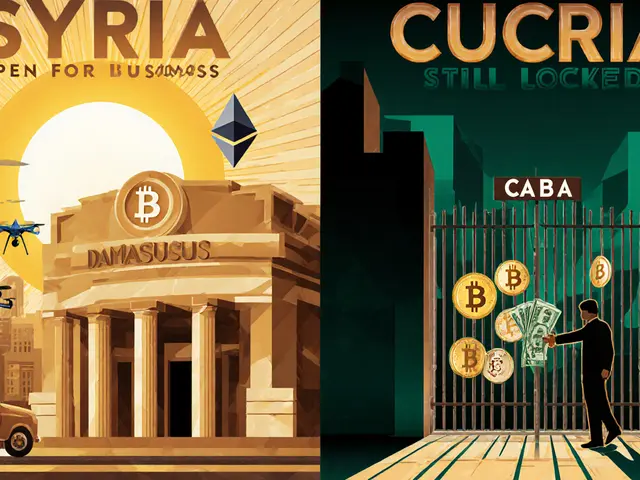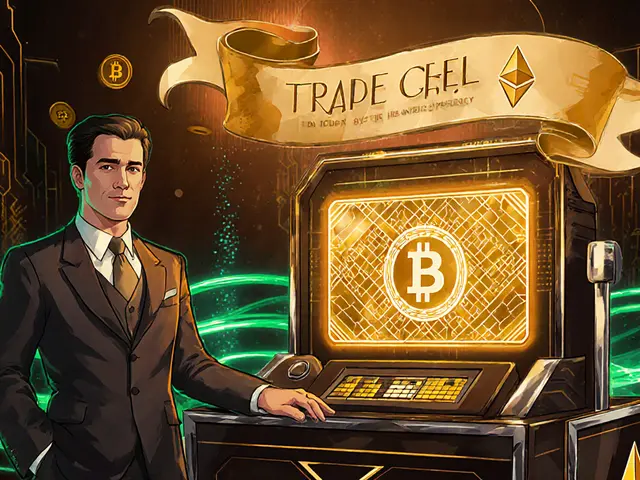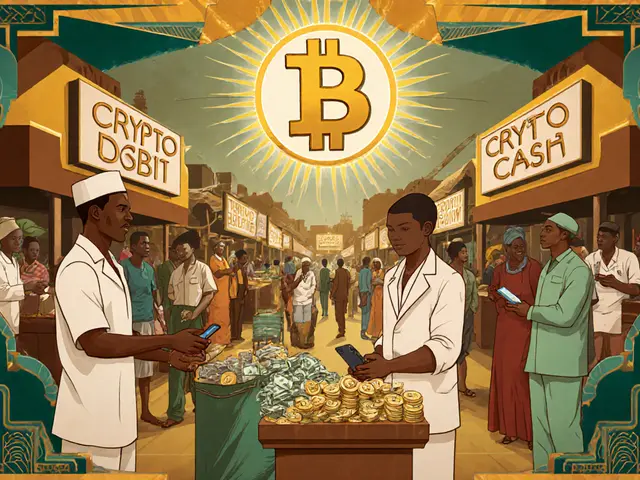Peer-to-Peer Energy Trading: How Crypto Is Changing How We Buy and Sell Power
When you think of peer-to-peer energy trading, a system where people sell excess electricity directly to each other without a utility company. Also known as decentralized energy trading, it’s not science fiction—it’s happening right now on blockchain networks that track energy flows like crypto transactions. Instead of your rooftop solar panels feeding power into a grid that pays you pennies, you can sell it to the person next door at a fair price, in real time, using smart contracts.
This isn’t just about saving money. It’s about shifting power—from big corporations to households. blockchain energy, the use of distributed ledgers to record and verify energy exchanges makes this possible by removing middlemen. Every kilowatt-hour traded gets logged on an open, tamper-proof ledger, just like a Bitcoin transfer. And energy tokens, digital assets representing units of electricity that can be bought, sold, or staked turn power into something you can hold, trade, or even earn as rewards for using less.
Companies in Australia, Germany, and New York are already testing these systems. Homeowners with solar panels use apps to list surplus power. Neighbors with electric cars or high usage buy it instantly—no paperwork, no delays. Some platforms even let you stake energy tokens to earn more, similar to crypto staking. It’s a direct link between clean energy production and consumption, and it’s cutting waste, lowering bills, and giving people real control over their energy.
But it’s not all smooth sailing. Regulation is still catching up. Some utilities fight it because it threatens their monopoly. Grid stability becomes tricky when thousands of small producers are feeding power in at once. And not all energy tokens have real value—some are just speculative tokens wrapped around a real concept.
Below, you’ll find real examples of how this is playing out: from projects that failed because of bad tokens, to platforms that actually moved the needle on local energy markets. You’ll see which crypto projects are trying to solve this, which ones are scams, and what tools people are actually using to trade power without a middleman. Whether you’re a homeowner with solar panels, a crypto investor looking for real utility, or just curious about how tech is changing everyday systems—there’s something here that matters to you.
How Microgrids and Blockchain Technology Are Reshaping Local Energy Markets
Microgrids powered by blockchain enable peer-to-peer energy trading, cutting costs and boosting renewable use. Learn how smart contracts, local energy markets, and decentralized tech are transforming electricity.





